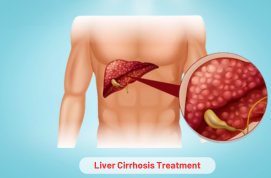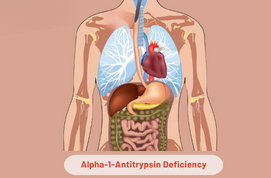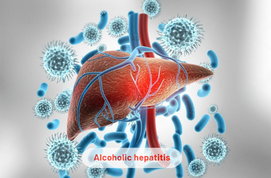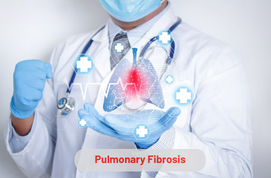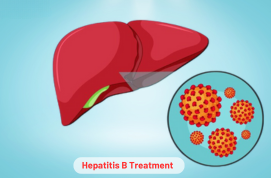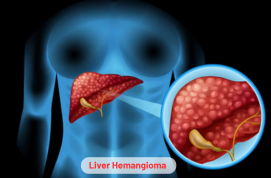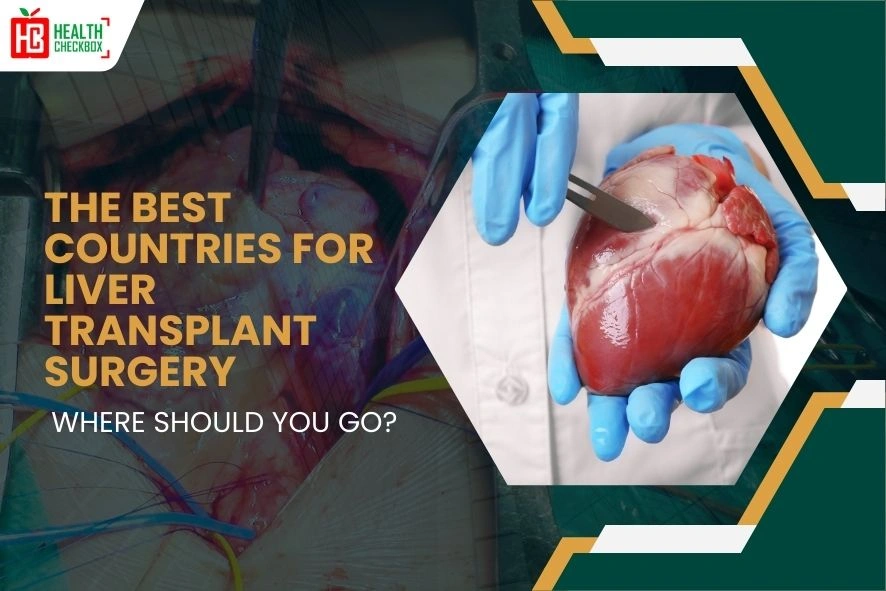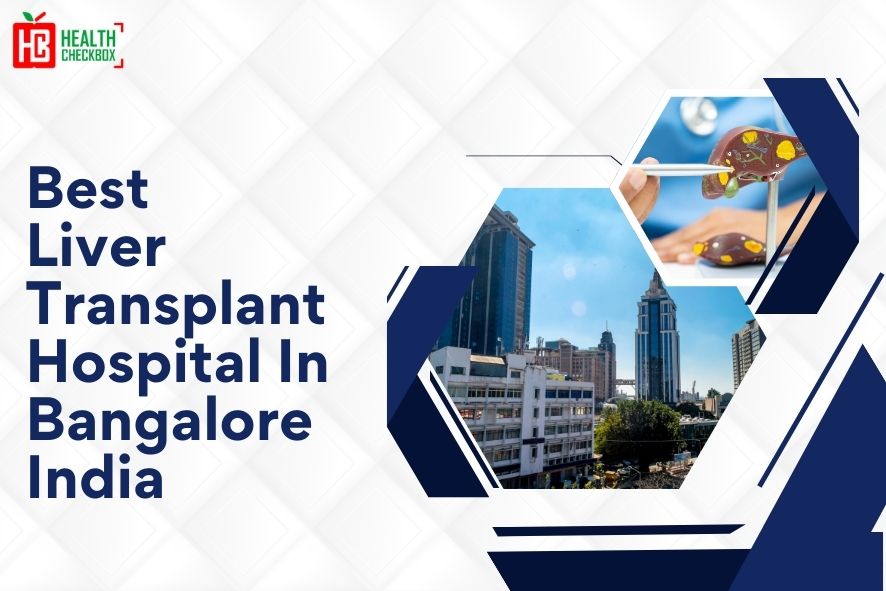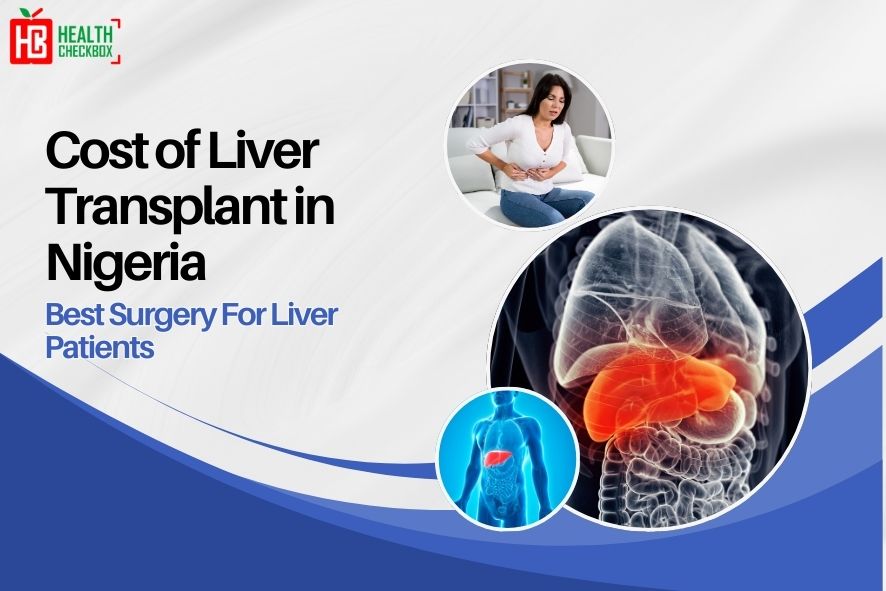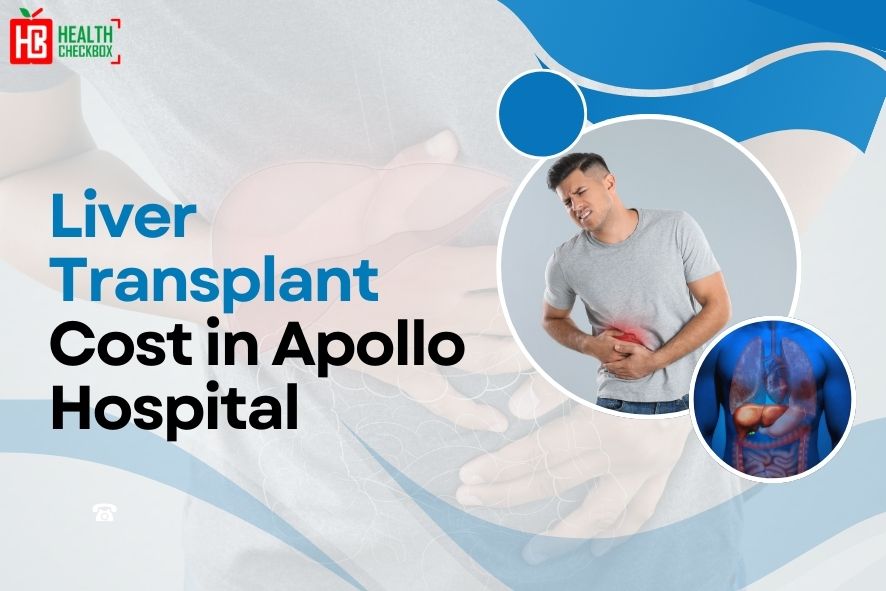Liver cirrhosis is a form of liver damage in which scar tissue are replaced with health cells. In this case, the liver is unable to perform its essential functions of metabolism, production of proteins, including blood clotting factors, and filtering of drugs and toxins.
The condition that caused the liver cirrhosis usually determines the course of treatment. Although there is no treatment, there are several strategies to control its symptoms and effects. Alcohol abuse, fatty liver, nonalcoholic steatohepatitis, and hepatitis are some of the primary causes of liver disease.
In some cases, therapies such as transjugular intrahepatic portosystemic shunt (TIPS) or paracentesis may be used to improve symptoms. Liver transplant treatment may be an option in severe cases where cirrhosis has led to hepatic failure. To evaluate liver function, handle problems, and maximize treatment results, routine monitoring and follow-up are necessary.
What is Liver Cirrhosis and its Stages?
This disease falls under the progressive category. It generally happens when liver function is impaired by replacing healthy tissue with scar tissue. The scar tissue blocks the passage of blood through the liver. And also slow down the other process. It also reduces the amount of protein and other chemicals produced by the liver.
It can occur in two stages in a patient. The doctor can tell about the patient’s stage after undergoing a proper diagnosis. The healthcare expert will categorize the condition as either compensated or decompensated based on the liver’s functional capacity. The two levels of cirrhosis use different types of treatments.
- Compensated: It does not show any visible symptoms. Because there are enough healthy cells to cover the damaged and scarred cells from this disease, the liver can still function. For many years a patient with this stage of liver disease can live.
- Decompensated: Following compensated liver cirrhosis, the patient experiences decompensated cirrhosis, which is a worsening stage. Liver scarring has increased at this point. This leads to rapid development complications.
Symptoms of Liver Cirrhosis
This disease is usually asymptomatic. However, in some situations, individuals may suffer the symptoms listed below:
- Weight loss
- Weakness
- Yellow color of skin and eyes
- Blood vomiting
- Nausea
- Confusion
- Impotence
- Loss of appetite
- Gums bleeding
- Nose bleeds
- Swelling in legs and abdomen
Causes of Liver Cirrhosis
A variety of diseases and medical problems can cause this. These are listed below:
- Alcohol-related liver disease
- Long-term infection from hepatitis B and C
- NAFLD
- Hemochromatosis
- Cystic fibrosis
- Medications
- Nonalcoholic steatohepatitis
- Misuse of heroin
- Autoimmune hepatitis
- Primary biliary cholangitis
- Genetic disorders
- Primary cholangitis with sclerosing
- Chronic heart failure with liver congestion
Risk Factors of Liver Cirrhosis
The following significant risk factors can raise the chance of liver cirrhosis development.
- Excessive consumption of alcohol
- Obesity
- Viral hepatitis
Complications of Liver Cirrhosis
It can result in a variety of outcomes, some of them are very dangerous. Here are some of the common problems of this disease:
- High blood pressure
- Swelling
- Bleeding
- Infections
- Malnutrition
- Jaundice
- Bone diseases
- Risk of liver cancer
- High chance of liver failure
Diagnosis of Liver Cirrhosis
Below is the list of tests used to diagnose this health condition.
- Medical history
- Physical examination
- Blood tests
- Urine tests
- CT scans
- MRI scans
- Liver biopsy
Procedure of Liver Cirrhosis Treatment
- Changes in Lifestyle: To treat symptoms and prevent liver damage, patients are advised to make lifestyle changes. A doctor may suggest that they quit alcohol, eat a nutritious diet low in fat and salt, control their weight, and exercise frequently.
- Management of Medication: Depending on the underlying cause and associated complications, patients may be prescribed beta-blocker medicines to decrease portal vein hypertension, diuretics to cut down fluid buildup, and antiviral medications to treat viral hepatitis. Some of the steroid or immunosuppressant drugs also recommended to treat autoimmune hepatitis.
- Managing Treatment Complications: Healthcare providers use medicinal drugs, dietary modifications, and various treatments, such as surgery, banding, or sclerosis treatment to address several complications.
- Regular Follow-Up: Patients plan regular follow-up appointments with their doctor to discuss the results of treatment. And their liver function tested, and look for any new problems or signs that the condition is advancing.
- Assessment of Transplantation: A surgical procedure may be a good option for those suffering from liver failure and its advanced stages. A patient’s name is placed on a transplant waiting list if a thorough evaluation is able to find out that they are eligible for allograft.
- Long-term Care and Support: Patients with liver disease require ongoing treatment to manage their disease and improvise the life quality. This care includes adhering to treatment programs, obtaining frequent exams, and receiving support from friends, family, and doctors.
Latest Health Tips
How to make the Liver Healthy | Best Practices
Best Juice for Fatty Liver Repair | Strengthen your Liver
Liver Transplant Cost Without Insurance
Cost of Liver Transplant in Tamil Nadu
The Best Countries for Liver Transplant Surgery: Where Should You Go?
Best Liver Transplant Hospital In Bangalore, India
Cost of Liver Transplant in Nigeria: Best Surgery For Liver Patients
Liver Transplant Cost in Apollo Hospital
Submit Your Enquiry
Testimonials








